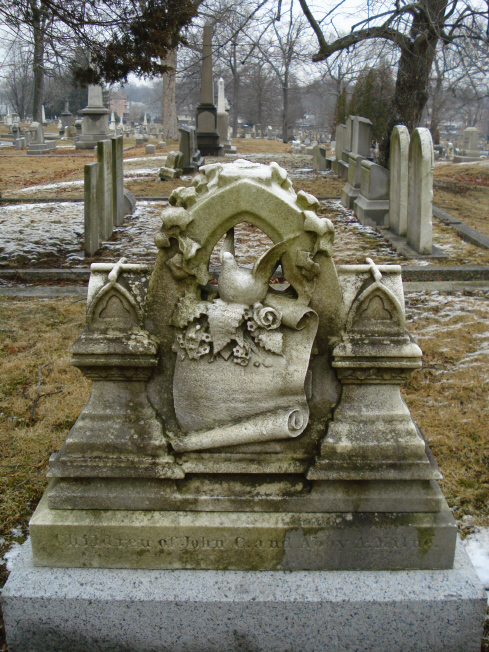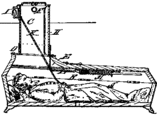Our mailbox today has an interesting comment from Jackie:
“Can you tell me what they call the window/door that was used to move the dead body from the home? I have heard it called “death’s door” hence the expression of one being at death’s door. There is some superstition about moving the dead through the front door.”
REPLY
I am aware of some superstitions surrounding the removal of a body from the home. The deceased was always taken out feet first in the coffin so that the dead could not look back at its home and the spirit remain inside the house. Many houses of the mid-to-late Victorian period have a special niche called a “coffin corner” cut into the stairwell so that the coffin could make the turn in the flight of stairs by fitting the head of the coffin into this little niche shelf. Some old homes also have a showcase window in the front of the house, a sort of bay window where the deceased could lie in state for people to pass by on the street and pay their respects.
The expression “at death’s door” is applied to someone so ill as to be at the very brink of death. In funeral statuary in cemeteries, a door is often used as the symbol for passing through the portal from Life to another state. Arches, windows, and portals carry the same meaning. Sometimes in remote rural homes, a door was used to lay the body upon when carrying it downstairs (as most died in upstairs bedrooms). Boards made of wide planks of wood or caned surfaces were used as “cooling boards” to lay out the body during autopsy or embalming before placing the deceased in a casket or coffin. Please write and tell us if you have more information on this expression!
 ladies of the parish to construct garlands which were solemnly carried before the casket by two maidens on the way to the cemetery. These garlands were constructed of white paper, and after the cemetery service were hung in the church. Also crowns of white living flowers were made which would be borne to the grave by maidens in flowing white dresses, generally processing in pairs. Statuary in Oak Grove frequently makes use of the symbolism of a crown of rosebuds, lilies, and garland swags for the grave markers of maidens.
ladies of the parish to construct garlands which were solemnly carried before the casket by two maidens on the way to the cemetery. These garlands were constructed of white paper, and after the cemetery service were hung in the church. Also crowns of white living flowers were made which would be borne to the grave by maidens in flowing white dresses, generally processing in pairs. Statuary in Oak Grove frequently makes use of the symbolism of a crown of rosebuds, lilies, and garland swags for the grave markers of maidens.













